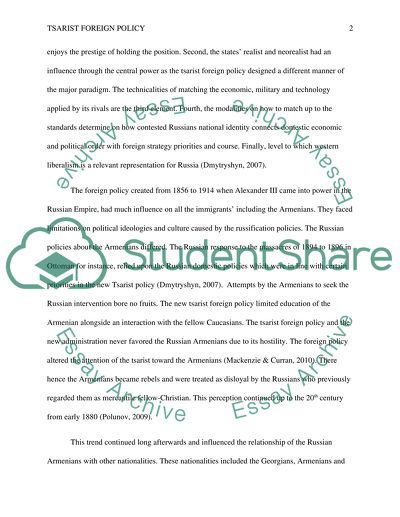Cite this document
(“Compare tsarist foreign policy in the period 1801-1854 with the period Essay”, n.d.)
Retrieved from https://studentshare.org/history/1640959-compare-tsarist-foreign-policy-in-the-period-1801-1854-with-the-period-1856-1914-how-and-why-did-tsarist-foreign-policy-change
Retrieved from https://studentshare.org/history/1640959-compare-tsarist-foreign-policy-in-the-period-1801-1854-with-the-period-1856-1914-how-and-why-did-tsarist-foreign-policy-change
(Compare Tsarist Foreign Policy in the Period 1801-1854 With the Period Essay)
https://studentshare.org/history/1640959-compare-tsarist-foreign-policy-in-the-period-1801-1854-with-the-period-1856-1914-how-and-why-did-tsarist-foreign-policy-change.
https://studentshare.org/history/1640959-compare-tsarist-foreign-policy-in-the-period-1801-1854-with-the-period-1856-1914-how-and-why-did-tsarist-foreign-policy-change.
“Compare Tsarist Foreign Policy in the Period 1801-1854 With the Period Essay”, n.d. https://studentshare.org/history/1640959-compare-tsarist-foreign-policy-in-the-period-1801-1854-with-the-period-1856-1914-how-and-why-did-tsarist-foreign-policy-change.


